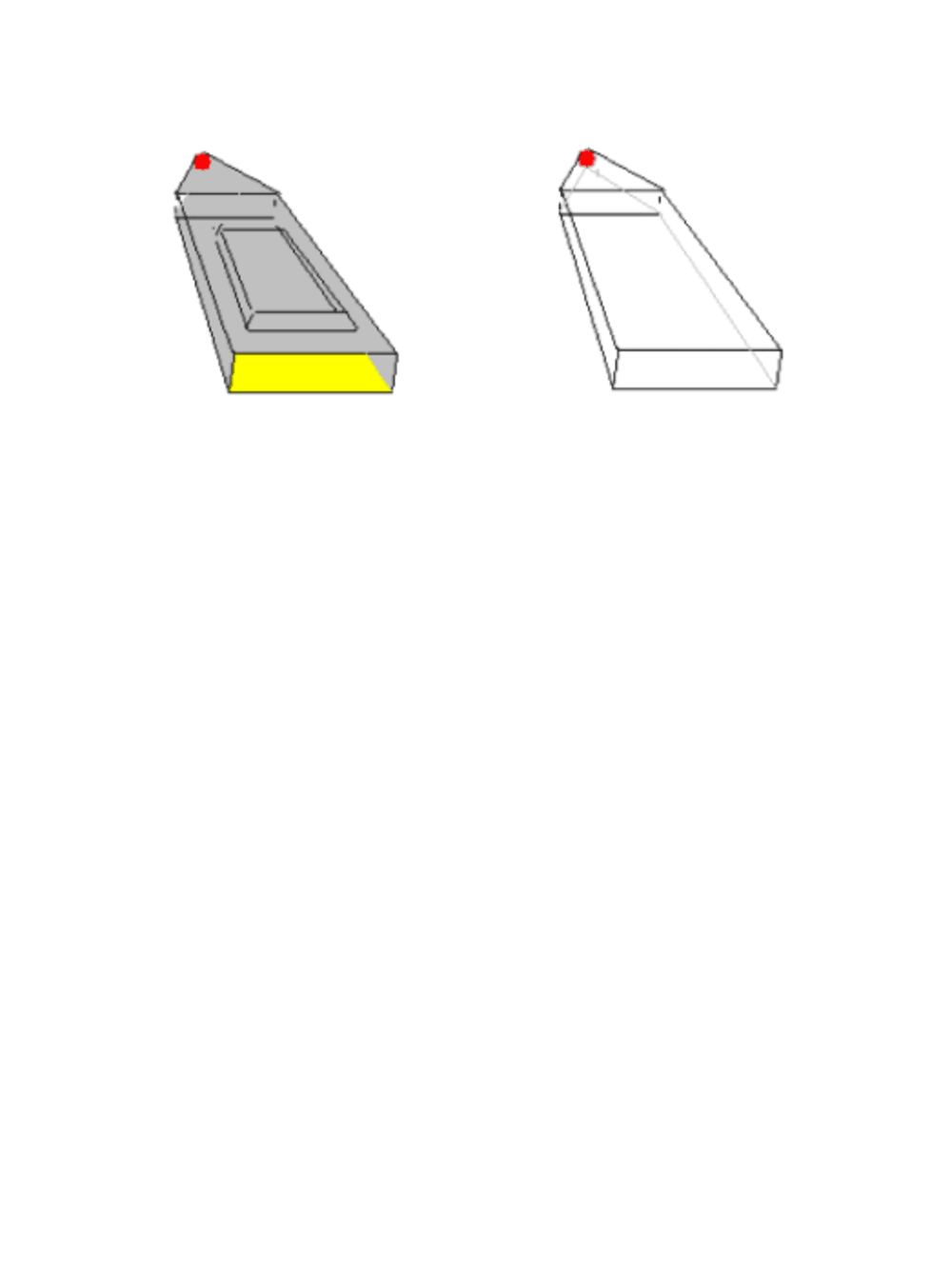Air stream a wide, fast stream laminar flow turbulent-exit machine.
The air at the front of the device it ionized by electrodes that extend into the airflow area to begin the flow. Progressing rearward charged plates each progressively growing stronger at each step cause the air to accelerate towards the plates at 3 to 5 miles per hour. Once this has occurred, the electrodes withdraw.
The air is moving as a self-initiated mass.
At the entryway, are elements that cool the air as it enters.
This cooling forces air to compact upon itself. It also causes pressure waves to develop in the air. The air stream is now self-initiating.
At the rear the air enters a highly restrictive cone where air stream almost stops, except the pressure building up behind pushes the air mass rearward. The cooling of air building behind the hot air causes more compression, the air mass heats. At this point, the heat previously removed from the air + plus waste heat are commuted into the air mass; a bubble of hot air develops, then as it is confronted by the increasing pressure from behind the bubble passes out of the rear of the device to at near supersonic speed. It is planned to have this effect continue dynamically resulting in rapid pulses of thrust from the rear of the device. The effect should continue to increase until the cooling effect is reduced at which point the system stabilizes. To throttle back simply reduce the cooling effect and the system reduces power.
As the plane accelerates the effect is compounded by the increased entryway speed of air. The cooling effect is increased to a higher level to taxi when; we are preparing for takeoff the cooling effect is raised to the highest.
The device effect increases at higher speed due to the inherent compressibility of air.
The Air Jet is formed in rectangular sections, each section 12 to 22 inches in width. The smaller sections are located near the outer end of a wing.
A typical 787-size wing would have 10 22” nacelles, 2 18” nacelles 1 12” nacelle.
The plane could be 787-sized saving weight of 600,000 pounds because of less fuel required and high-strength lightweight construction materials.
First create electricity to power the electrodes that lower into the engine area. Once the air is moving well, these electrodes withdraw. The cooling vanes are next lowered into the air stream operations. It operates a heat pump that pumps heat from the front of the engine to the back. It is the heat pump that provides primary function of the operation by deducting heat from the air entering the nacelle then adding that heat back into the air where is should have the most effect right at the point of compression. There may be the need to have one FCHTMC per nacelle. Taken in point an 18-inch FCHTMC runs about an hour on 1 gallon of fuel. Each FHCTMC is also generating electricity for the airplane.
Like this entry?
-
About the Entrant
- Name:Wayne Pickette
- Type of entry:individual
- Hardware used for this entry:GatewaySoftware used for this entry:Open Office
- Patent status:pending

